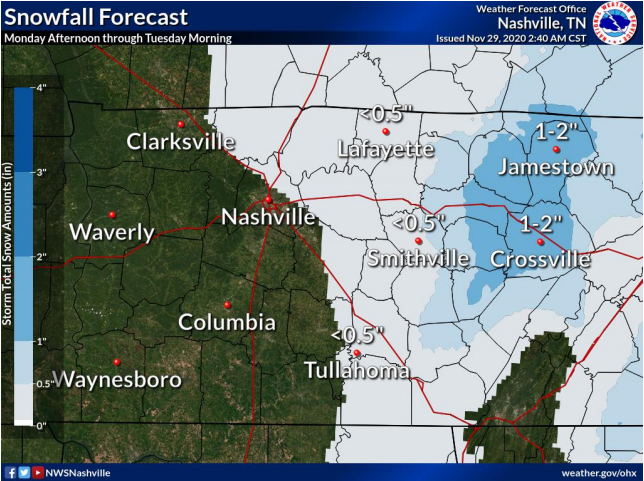
There are many reasons to visit Music City, ranging from its Southern charm, delicious food, and natural beauty to entertainment, architecture, arts, and museums. Nashville’s heritage and rich culture are unique and formed in part by contributions from music and African-American artists like the Fisk Jubilee Singers. Nashville has earned its reputation as a thriving educational and commercial center, as well as the focal point for the music-publishing business and country music. Nashville, Tennessee, affectionately referred to as Music City, has transformed over the centuries from a frontier trading post frequented predominately by trappers in the 1700s to a beautiful city in current times that maintains the spirit of small-town living despite the population boom. Let us be your guide to Music City! Why You Should Visit Nashville We’ll also show you the worst time to visit Nashville, if it exists, and provide some helpful travel tips to help your vacation go off without a hitch. Learn when to visit Music City for the quietest streets, the most live events, or the best prices. We’ll show you the best time to visit Nashville, no matter what your goals for your trip are. When you know the best time to visit Nashville, you’ll bring home memories that will last a lifetime. There’s a lot to love about Music City, from its rich history and culture to its excellent food and tunes. Planning a trip to Nashville? Doing some research before heading off can help you find the best prices and weather, the most entertaining events, or the least crowded streets! So, What’s the Best Time to Visit Nashville?.Since hail can cause the rainfall estimates to be higher than what is actually occurring, steps are taken to prevent these high dBZ values from being converted to rainfall. Hail is a good reflector of energy and will return very high dBZ values. These values are estimates of the rainfall per hour, updated each volume scan, with rainfall accumulated over time. Depending on the type of weather occurring and the area of the U.S., forecasters use a set of rainrates which are associated to the dBZ values.

The higher the dBZ, the stronger the rainrate. Typically, light rain is occurring when the dBZ value reaches 20. The scale of dBZ values is also related to the intensity of rainfall. The value of the dBZ depends upon the mode the radar is in at the time the image was created. Notice the color on each scale remains the same in both operational modes, only the values change. The other scale (near left) represents dBZ values when the radar is in precipitation mode (dBZ values from 5 to 75).

One scale (far left) represents dBZ values when the radar is in clear air mode (dBZ values from -28 to +28). Each reflectivity image you see includes one of two color scales. The dBZ values increase as the strength of the signal returned to the radar increases. So, a more convenient number for calculations and comparison, a decibel (or logarithmic) scale (dBZ), is used. Reflectivity (designated by the letter Z) covers a wide range of signals (from very weak to very strong). "Reflectivity" is the amount of transmitted power returned to the radar receiver. The colors are the different echo intensities (reflectivity) measured in dBZ (decibels of Z) during each elevation scan.


 0 kommentar(er)
0 kommentar(er)
